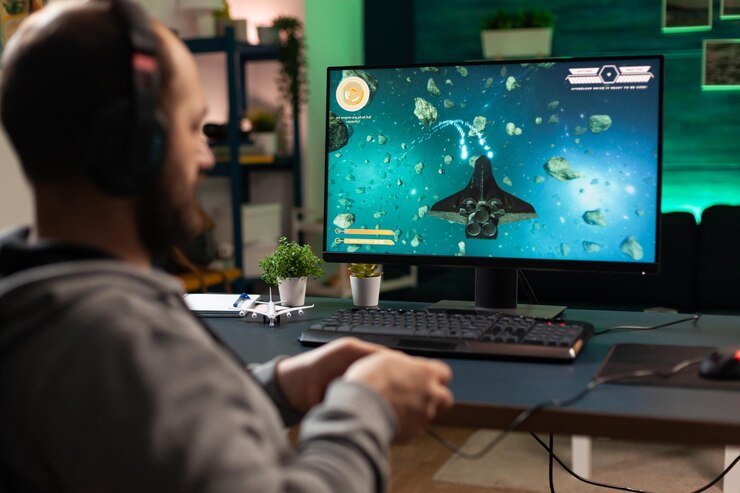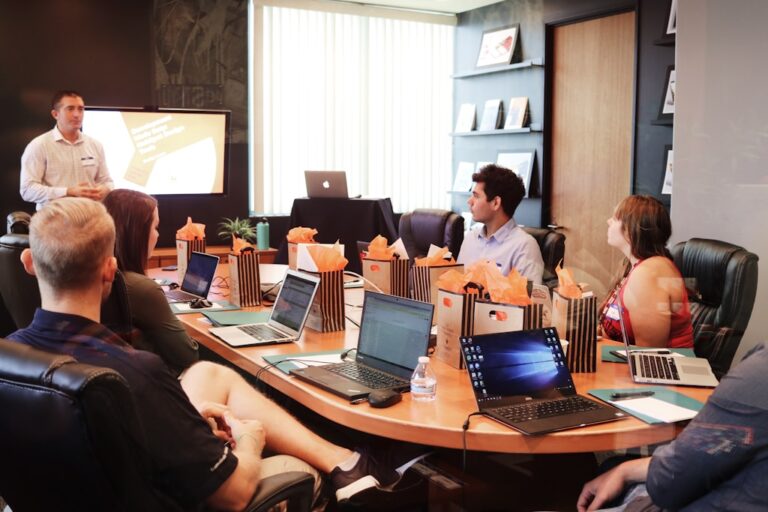Gamification is no longer a buzzword or a novelty. It’s become a proven strategy to drive customer engagement, gather actionable data, and build long-term loyalty. And while it may have found early popularity in retail and direct-to-consumer e-commerce, today it’s being embraced far beyond the shopping cart.
From B2B lead generation and financial services onboarding, to FMCG brand loyalty programs and even sports fan engagement, gamification is becoming a core tool in the marketer’s playbook—regardless of industry.
What Is Gamification—and Why Does It Work?
Gamification is the use of game mechanics—like rewards, progress tracking, challenges, and competition—in non-game environments to encourage participation and influence behavior.
It works because it speaks to basic human psychology. We’re wired to respond to feedback loops, rewards, and progression. When a task feels more like a challenge or a game than a chore, we’re more likely to complete it—and enjoy the process.
In marketing, this translates to more engagement, higher opt-in rates, improved retention, and stronger emotional connections between users and brands.
Not Just for Retail: Who’s Using Gamification Today?
While online retail is still a major player in the gamification space, adoption has expanded rapidly. Here’s how different sectors are making gamification work and harnessing the best gamification platform options on the market:
B2B and SaaS
- Companies are using gamified quizzes, onboarding journeys, and referral challenges to increase product adoption, drive event sign-ups, and reward account engagement.
- Sales and marketing teams often use gamified content for lead generation—turning whitepaper downloads or webinar registrations into interactive, rewarding experiences.
FMCG (Fast-Moving Consumer Goods)
- Global CPG and FMCG brands are turning to gamified campaigns for product launches and seasonal promotions. From instant-win games on packaging to mobile-based loyalty point systems, gamification offers a scalable way to drive repeat purchases and build brand preference.
Manufacturing and Industrial
- In traditionally low-engagement sectors, gamification is being used to educate distributors, onboard partners, or guide decision-makers through complex products. For example, interactive product selectors and training games can help simplify technical sales processes.
Financial Services
- Banks and fintechs are using gamified tools to drive digital adoption, improve financial literacy, and incentivize behaviors like saving, budgeting, or attending educational webinars. It’s a powerful way to make dry topics feel interactive and rewarding.
Sports and Entertainment
- From major leagues to grassroots clubs, sports teams are turning fan loyalty into interactive games—leaderboards, digital collectibles, prediction games, and trivia challenges keep fans engaged between matches and deepen their emotional connection to the team.
The Business Case: Why Gamification Delivers Results
Across all these industries, the reasons companies invest in gamification are consistent:
- Higher engagement: Interactive content consistently outperforms static formats across channels
- Better data collection: Gamified opt-ins are more likely to be completed, yielding more accurate first-party data
- Increased loyalty: Rewards-based systems promote repeat behavior and brand affinity
- Stronger brand recall: Experiences anchored in emotion and play tend to stick in people’s minds longer
When measured, gamified campaigns frequently outperform traditional marketing formats. It’s not uncommon to see:
- 3–5x increases in opt-in rates
- Email engagement well above industry averages
- Up to 60%+ participation rates for gamified landing pages and microsites
Where Gamification Fits in the Customer Journey
No matter your industry, gamification can be tailored to different parts of your marketing funnel:
Attract
- Use quizzes, contests, or mini-games to bring in new leads
- Tie content offers or incentives to completion of an interactive experience
Engage
- Replace static onboarding with gamified walkthroughs or milestone trackers
- Turn product education into an interactive challenge
Retain
- Use loyalty points, badges, or tiered rewards to drive repeat actions
- Reward referrals, social shares, or user-generated content
Gamification doesn’t require rebuilding your strategy from the ground up—it’s often most powerful when layered into existing journeys to boost performance and interaction.
Getting Started: What You’ll Need
Thanks to no-code gamification platforms, launching interactive campaigns doesn’t have to be a heavy lift. Many tools offer drag-and-drop interfaces, CRM integration, and ready-to-use game templates like:
- Spin-to-win wheels
- Interactive surveys or quizzes
- Scratch-to-reveal cards
- Leaderboards and competitions
- Daily check-in rewards
When choosing a platform, look for scalability, mobile responsiveness, compliance with data laws (like GDPR), and integration with your existing tech stack. You can compare top-rated platforms using peer reviews on G2.com.
Final Thoughts: Gamification Is an Experience Strategy, Not a Gimmick
Gamification isn’t about making your marketing silly—it’s about making it meaningful.
It helps marketers bridge the gap between message and action. It takes traditionally dull processes—filling out a form, reading educational content, making another routine purchase—and turns them into engaging, emotionally rewarding experiences.
And while e-commerce may have helped gamification go mainstream, its value is now being realized by industries of all types, from B2B and banking to sports and industrial manufacturing.
If your goal is to make your marketing more interactive, your brand more memorable, and your audience more loyal—gamification might be the most powerful move you haven’t made yet.




